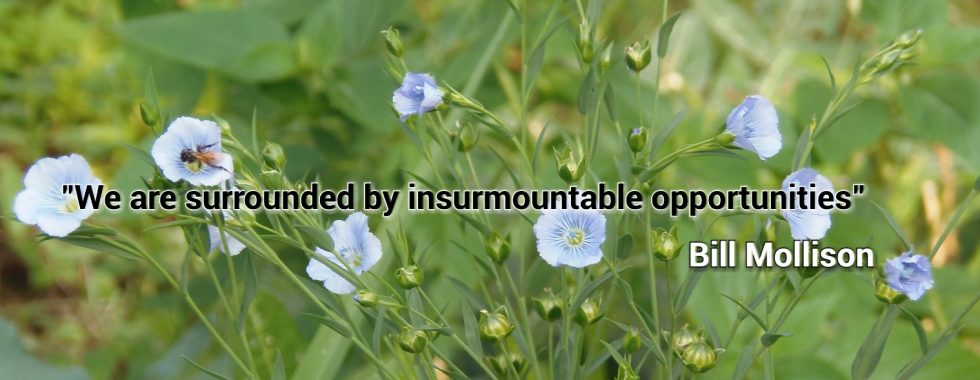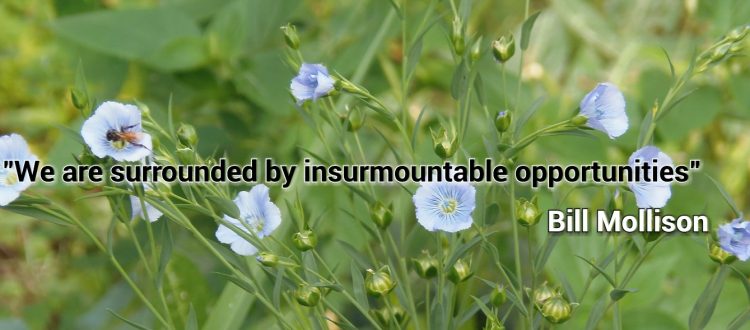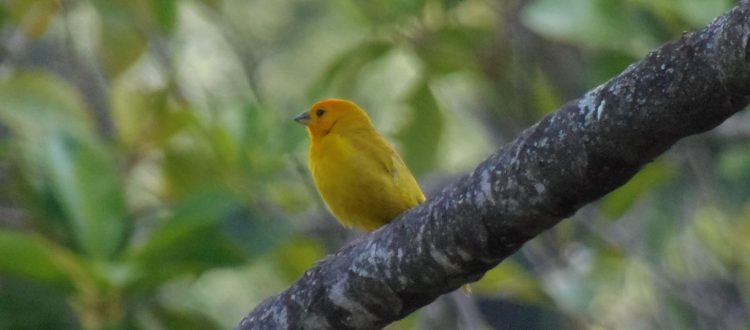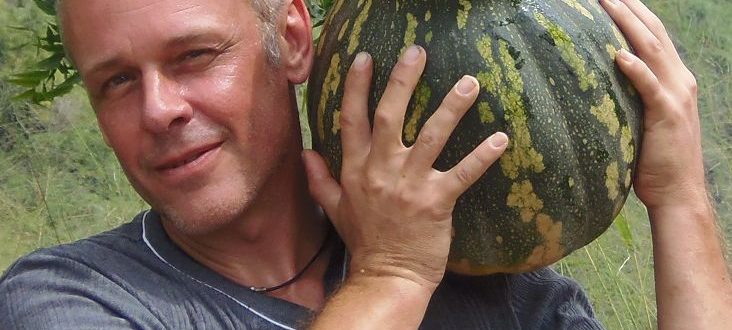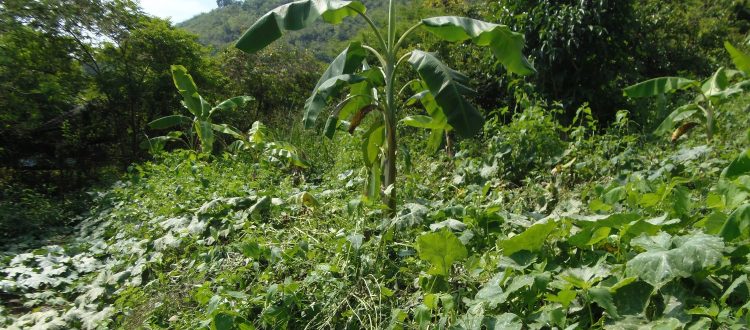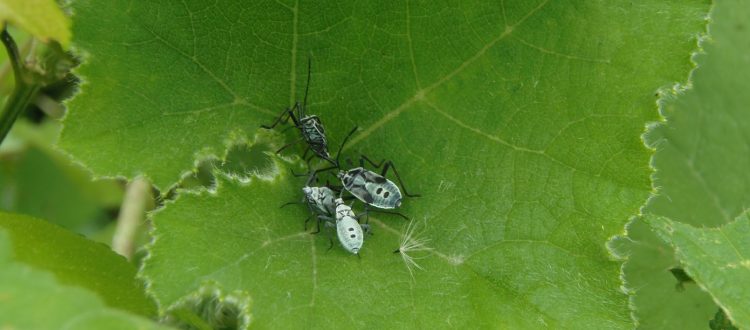Around 2010 we increasingly felt that mankind seemed to be on a road to certain disaster. Reading the news about wars, refugees, pollution, climate change, increasing inequality and so many other things. Realizing how our money system works to benefit only a few at the expense of all others. Realizing how people in power continue to push for more power, damned be the consequences. The list could go on and on. We suffered from a feeling of being totally powerless. Voting or protesting does not seem to help, everything just seems to spin further and further out of control. In our search for alternatives to our current systems we stumbled on Permaculture. Suddenly we realized there was an option to build a better world, to make our existing systems obsolete.

Bill Mollison’s extensive explanations on how our planet actually works were eye opening. Somehow it awoke an instinct in us that we seemed to have lost. As if the patterns of knowledge of generations of ancestors was still present in our brain. We took Geoff Lawton’s online PDC in 2013 and we were itching to start on a new road to the future.

Permaculture states: work together with nature rather than going against it. How does nature work then?
The answer is as simple as it is complicated. Say we have a piece of bare land and we decide not to touch it. First weeds will appear, shading out the soil. The soil starts to hold on to water a bit more, bacterial life starts to multiply, freeing up more nutrients for the plants. Fallen leaves and dying weeds start to cover the soil increasing microbial life further, adding more nutrients to the soil, enabling other plant species to grow. The first bushes and trees appear. Wooden branches fall to the ground, fungi appear. Microbial life starts to build an increasingly complicated network in the soil. Insects and animals find their way to the area. It gets ever more complex, plants and trees grow, they feed increasing numbers of herbivores, who in turn feed increasing numbers of carnivores. Finally after more or less 150 years, the piece of land that nobody touched has become a forest. Without human influence nature itself has created a more or less stable state maintaining a certain balance between all living creatures.

Anyone who ever had a garden knows the ongoing maintenance, pulling weeds and fighting insects. What most people don’t understand is that it all has a function. Nature does not like our neat and tidy gardens, nature downright ‘hates’ bare soil, nature is about diversity, about beneficial effects between species and about keeping the balance. Instead of fighting nature with brute force and toxic chemicals (and we never seem to even win these battles anyway) we can also choose to work WITH all life on this planet and adjust our thinking and work to carefully steer all this life to a state where it also benefits us.

In Permaculture we try to let nature work for us. We like nature to control pests for us, we avoid as much as possible that weeds find places to grow. We place animal elements according to their functions. We harness energy flows. We try to read the patterns of our landscape and adapt to them.
The principles of Permaculture can be used in any climate, in any setting, by any person. All we have to realize is that humans always have been a part of nature as well. No matter how much we seem to have isolated ourselves from nature, by building cities and by our chemical agriculture, we need to realize that when other life gets exterminated we will eventually make ourselves extinct as well.

That’s why we practice Permaculture. And that’s why it is important that thousands of other people also work in this field, to improve our understanding and our methods.
There will be a day that our fanatic extraction of resources for financial profit will end. Just the fact that the earth is not endless means that forever ‘more more more’ is mathematically impossible. We’re working on showing, promoting and educating Permaculture to other people. Because mankind needs an alternative!


